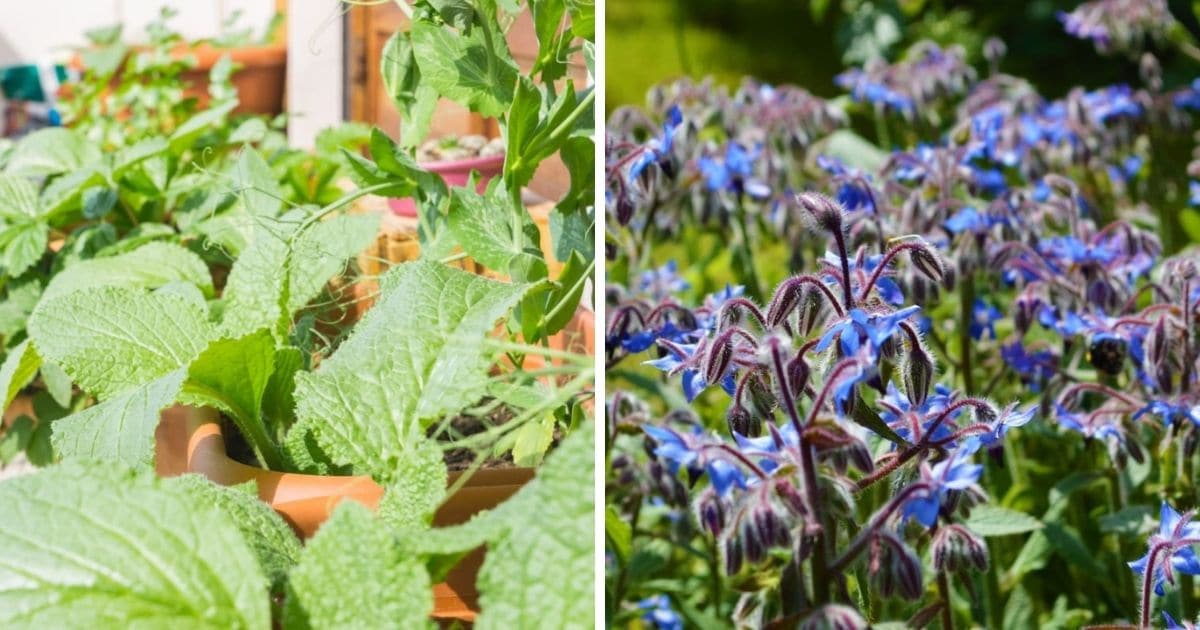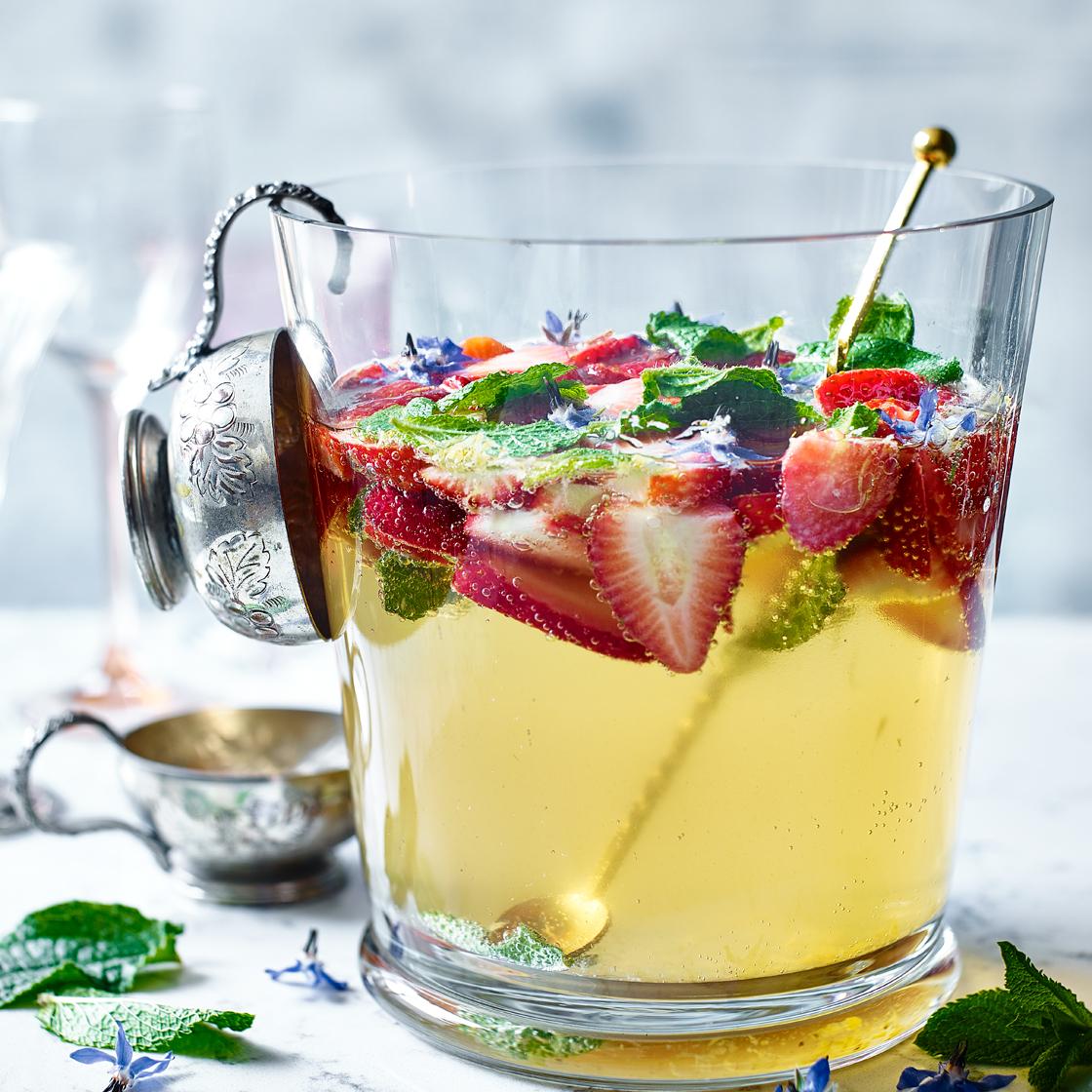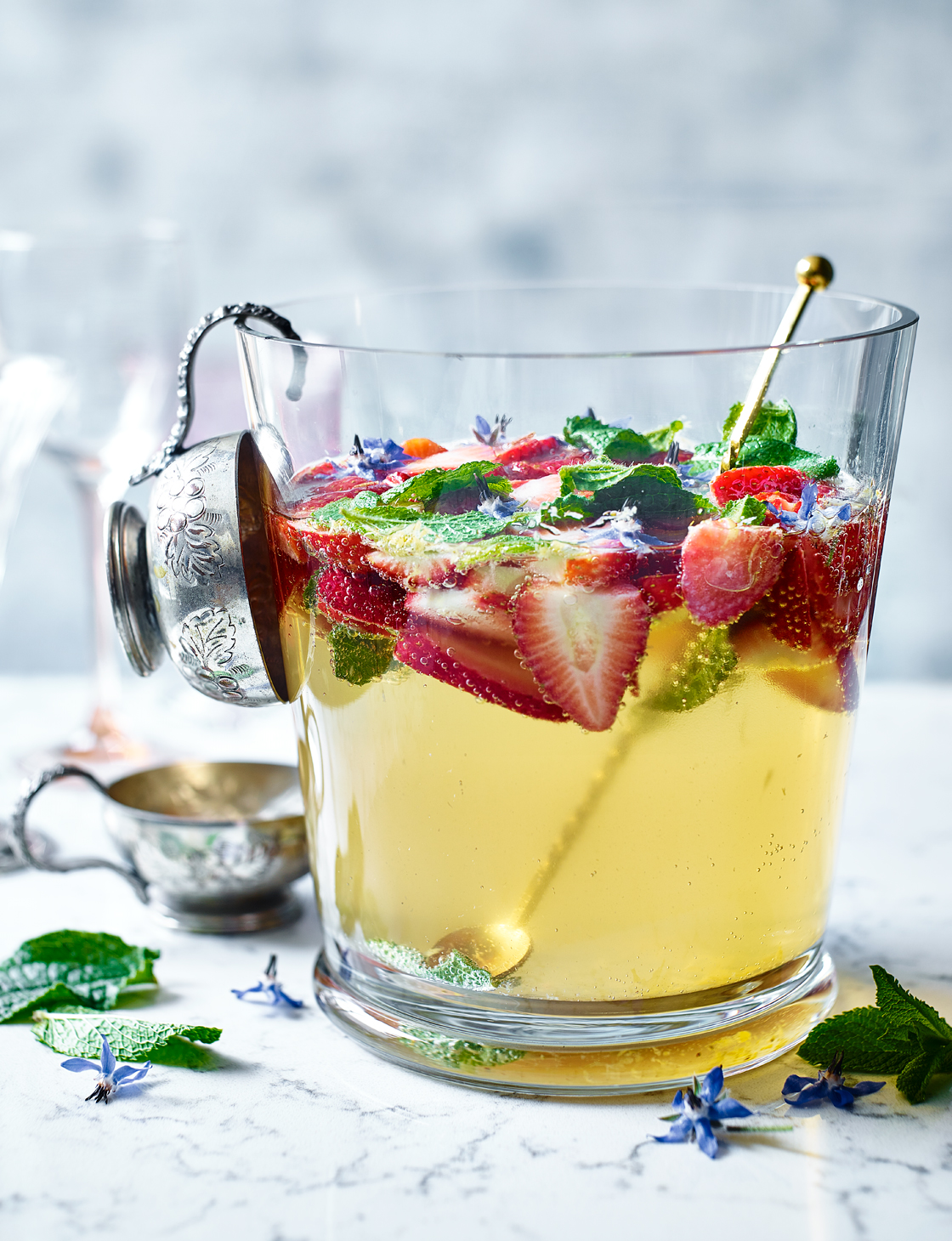Borage And Strawberries: The Perfect Companion Plants
Borage and Strawberries: The Perfect Companion Plants
Borage and strawberries are two of the most popular garden plants, and for good reason. Both are delicious, easy to grow, and relatively pest-free. But did you know that these two plants can actually benefit each other when they're planted together?
That's right, borage and strawberries are what's known as companion plants. Companion planting is a gardening technique that involves planting certain plants together in order to create a mutually beneficial relationship. In the case of borage and strawberries, borage helps to attract pollinators and repel pests, while strawberries provide borage with a source of nitrogen.
How Borage Benefits Strawberries
- Attracts pollinators: Borage is a magnet for pollinators, such as bees, butterflies, and moths. These pollinators are essential for the pollination of strawberries, which means that more strawberries will be produced.
- Repels pests: Borage's strong scent can help to repel pests, such as aphids, slugs, and snails. This can help to protect your strawberries from damage and make it easier to grow a healthy crop.
- Provides nitrogen: Borage is a nitrogen-fixing plant, which means that it can convert atmospheric nitrogen into a form that plants can use. This can help to improve the soil quality around your strawberries and make them more productive.
How Strawberries Benefit Borage
- Provides water and nutrients: Strawberries are heavy feeders, which means that they require a lot of water and nutrients. Borage is a relatively low-maintenance plant, so it won't compete with strawberries for resources.
- Improves drainage: Strawberries like well-drained soil, and borage can help to improve drainage by breaking up compacted soil. This can help to prevent root rot and other diseases in strawberries.
- Provides shade: Borage can provide some shade for strawberries, which can be helpful in hot climates. This can help to keep strawberries cool and prevent them from wilting.
How to Plant Borage and Strawberries Together
Borage and strawberries can be planted together in a variety of ways. You can plant them in the same bed, or you can plant them in separate beds but close together. If you're planting them in the same bed, space them about 12-18 inches apart.
When planting borage and strawberries together, it's important to make sure that they have the same soil requirements. Both plants prefer full sun and well-drained soil. You can also add some compost to the soil before planting to improve fertility.
Conclusion
Borage and strawberries are a great combination for companion planting. By planting these two plants together, you can help to boost your strawberry harvest and protect your plants from pests and diseases. If you're looking for a way to improve your strawberry garden, consider planting some borage alongside your strawberries.
Borage and strawberries are a match made in heaven. Borage is a beautiful flowering plant that attracts pollinators, which helps to improve the yield and flavor of strawberries. It also helps to repel pests, such as aphids and slugs.
If you're looking for a way to boost your strawberry harvest, consider planting borage nearby. You can find more information about how to plant and care for borage and strawberries at Gardenia Inspiration.
FAQ of borage and strawberries
Question 1: What are the benefits of planting borage near strawberries?
Answer: Borage is a companion plant that can benefit strawberries in a number of ways. It helps to attract beneficial insects and pollinators, which can help to increase the yield of strawberries. Borage also helps to repel pests such as aphids and snails, which can damage strawberries. Additionally, borage's leaves and flowers can be used to make tea or infused in water, which can provide a number of health benefits, including boosting the immune system and reducing inflammation.
Question 2: How do I plant borage near strawberries?
Answer: Borage can be planted in the ground or in containers. When planting in the ground, space the plants about 12 inches apart. Borage prefers full sun and well-drained soil. When planting in containers, use a potting mix that is specifically designed for vegetables. Water the borage regularly, especially during hot weather.
Question 3: When should I harvest borage?
Answer: Borage leaves and flowers can be harvested when they are young and tender. The leaves can be used fresh in salads or cooked in dishes. The flowers can be used to make tea or infused in water. Borage blooms from early summer to late summer.
Question 4: How do I care for borage?
Answer: Borage is a relatively low-maintenance plant. It does not require a lot of fertilizer or water. However, it is important to deadhead the flowers regularly to encourage new blooms. Borage can be susceptible to powdery mildew, so it is important to water the plants at the base and to avoid overhead watering.
Question 5: What are some other companion plants for strawberries?
Answer: Some other companion plants for strawberries include chamomile, nasturtiums, marigolds, and calendula. These plants help to attract beneficial insects and pollinators, which can help to increase the yield of strawberries. They also help to repel pests such as aphids and snails.
Image of borage and strawberries
5 different images of "borage and strawberries" from Pinterest:
- A close-up of a borage flower with a few strawberries in the foreground.

- A row of strawberry plants with borage flowers growing in between them.

- A bowl of fresh strawberries with a few borage flowers on top.

- A glass of iced tea with a sprig of borage and a strawberry slice.

- A cake decorated with borage flowers and strawberries.

Post a Comment for "Borage And Strawberries: The Perfect Companion Plants"